Thoughts return to stronger rail options
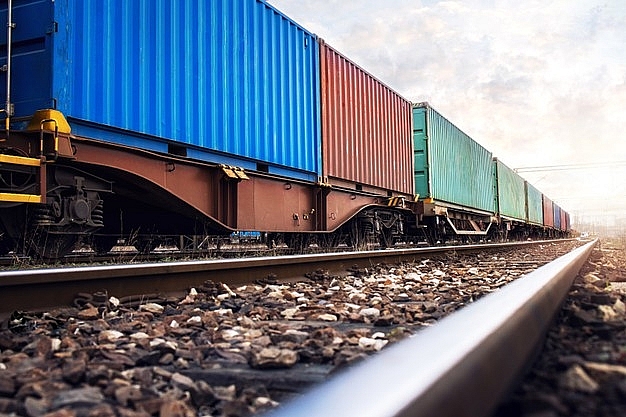 |
| Thoughts return to stronger rail options. Source: freepik.com |
Although the Ever Given container ship was rescued one week after being stranded in the Suez Canal in Egypt, the trading world remains rocked as hundreds of billions of US dollars has evaporated in the wake of the global trade system significantly relying on this narrow canal.
The incident has also posed questions on developing other transportation channels, in which trans-continental rail routes may be top of the list.
“One of the most effective channels is to develop a rail route running through Asia and Europe. This would be very good for exporters in Vietnam,” said Tran Thanh Hai, deputy director of the Ministry of Industry and Trade’s Agency of Foreign Trade.
It is now recommended that exporters should consider and take advantage of the current rail route connecting Vietnam through China to Kazakhstan, Russia, Belarus, Poland, and Germany. From Germany, the goods can be transported to other European markets.
Currently if goods are transported via this rail route, it would take a month from Vietnam to Germany, with a cost of $8,000-9,000 per container, which is higher than the $6,000-8,000 for sea transportation which can take up to 50 days.
However, the existing difficulty is the difference in railway widths and also standards of the trains themselves. The width of Vietnam’s railways is one metre, while that of other nations is around 1.4m. Moreover, trains in Vietnam cannot accommodate a huge volume of goods at the same time – each train can carry a maximum of 90 tonnes of goods for 15 compartments. If exporters want their goods transported by trains from Vietnam to overseas markets, they will have to change trains many times, meaning higher costs.
These factors currently make it difficult for Vietnam to boost the transportation of goods by train to other international markets.
Kazakhstani Ambassador to Vietnam Yerlan Baizhanov previously told VIR that Kazakhstan, China, and Vietnam had established a council to discuss a project to develop a rail route for goods transportation from Vietnam through China to Kazakhstan and other member countries of the Vietnam-Eurasian Economic Union (EAEU), including Russia, Belarus, Armenia and Kyrgyzstan, and vice versa.
“The council has organised a number of meetings. One of the key issues now is to fix the cost for transporting goods,” Baizhanov said. “I believe that there will be a shared solution. If this rail route is not developed, it will be difficult to raise the bilateral trade between Kazakhstan and Vietnam, which currently sits at only $500 million per year.”
The railway will help reduce the time for transporting goods from Kazakhstan to Vietnam to only 14 days from about one or two months now, he added. “The Kazakhstani side will continue working with Vietnam’s authorised agencies about this project,” said Baizhanov.
Currently, goods are transported between both nations by sea, which often takes a few months for a ship.
Under the railway project, whose total length and investment capital remain unrevealed, container goods will be transported from Vietnam’s northern Dong Dang and Lao Cai railway stations to China’s Lianyungang port – whose 49 per cent of stake is now held by Kazakhstan Temir Zholy (KTZ), the national railway company of Kazakhstan. After that, the goods will be transported by railway to Kazakhstan, which borders China, and to other EAEU countries.
Leaders of the railway industry of Vietnam, Kazakhstan, and China have decided on the project’s logistics manager, namely KTZExpress of Kazakhstan and Vietnam’s Transportation and Trade JSC, a member unit of state-owned Vietnam Railways Corporation. They have also considered the demand for organising container-based trains for the new routes. KTZ and Vietnam Railways Corporation also inked an MoU on cooperation in railway development several years ago.
Currently, under its strategy, Kazakhstan is boosting transport infrastructure modernisation and attaching great importance to developing transport-logistics routes connecting Kazakhstan with Southeast Asian nations including Vietnam. The railway will also enable Kazakhstan to boost imports of electronics, and garments and textiles products from Vietnam, which it needs the most.
In the same vein, in 2018, members of the Organization for Cooperation of Railways (OSJD) discussed a plan to develop a railway transport system running from Vietnam to Russia through other Asian and European countries. The plan is part of an agreement signed that year at the OSJD’s conference of general directors in the central city of Danang. Directors pledged to promote logistics development through rail, expand research cooperation, and supply locomotives and machinery. However, no further information of the plan has been published so far.
What the stars mean:
★ Poor ★ ★ Promising ★★★ Good ★★★★ Very good ★★★★★ Exceptional
Related Contents
Latest News
More News
- Tra Vinh adds to its regional rank scores (December 30, 2024 | 16:02)
- Gia Lai propels its socioeconomic development (December 30, 2024 | 14:00)
- 10 bright spots for planning and investment in 2024 (December 28, 2024 | 15:00)
- Binh Duong creates many incentives for large FDI projects (December 27, 2024 | 17:24)
- Quang Ninh to continue focusing on FDI in 2025 (December 27, 2024 | 16:26)
- Transforming to an AI-driven organisation (December 26, 2024 | 08:30)
- Full-year growth prospects raised (December 26, 2024 | 08:00)
- Remarkable outcomes can be earned (December 25, 2024 | 11:00)
- Trade scope expands with British accession to CPTPP (December 25, 2024 | 10:00)
- Nghe An boasts workforce potential for industrial growth (December 25, 2024 | 08:30)

 Tag:
Tag: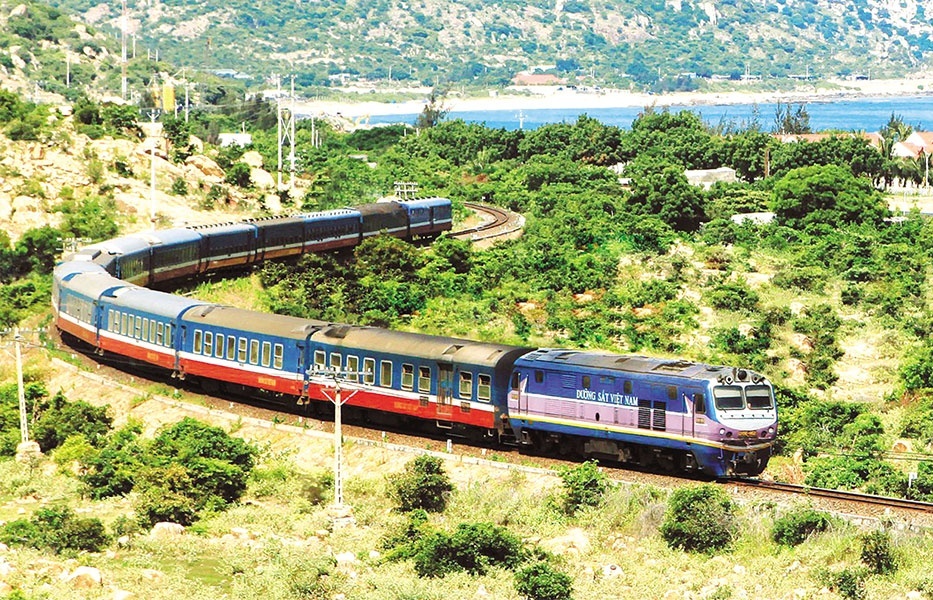
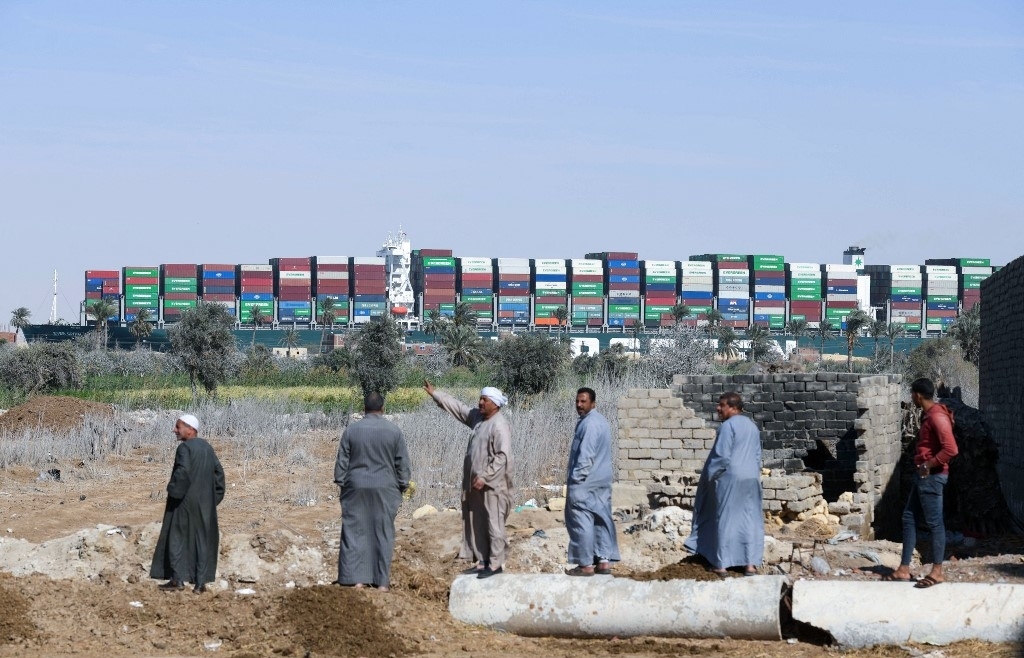
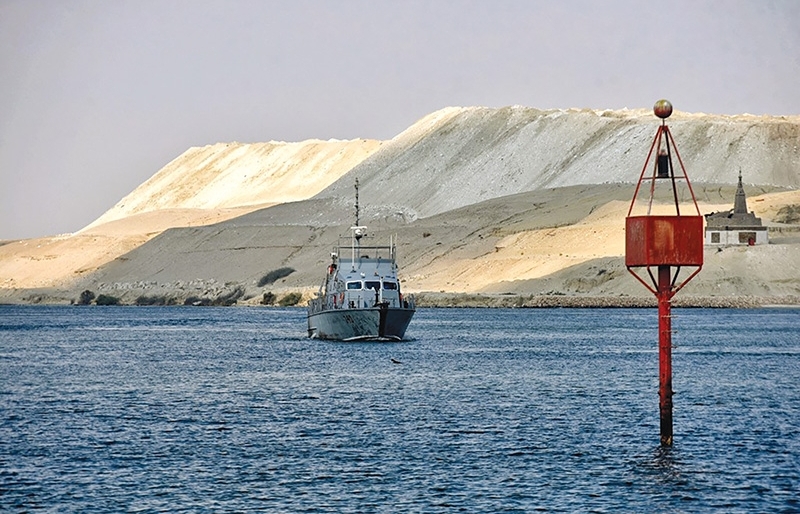

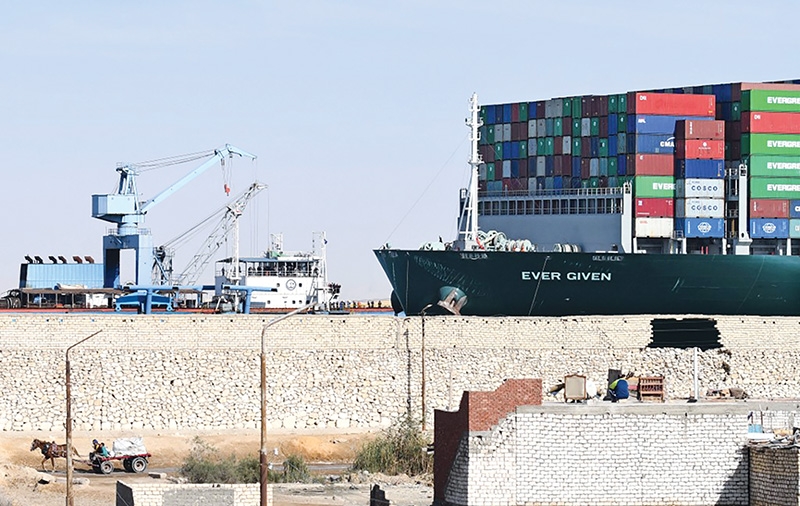
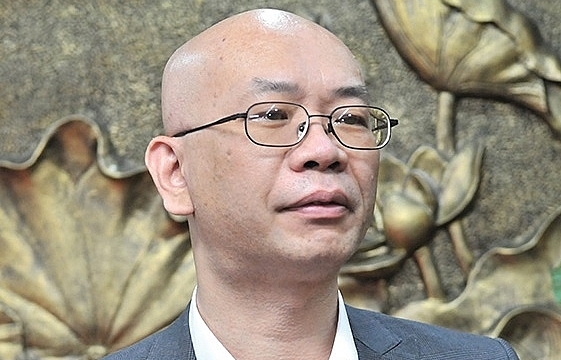
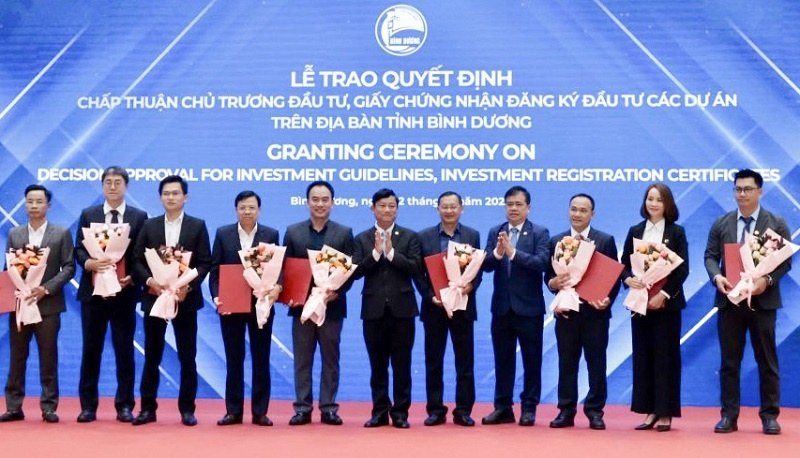
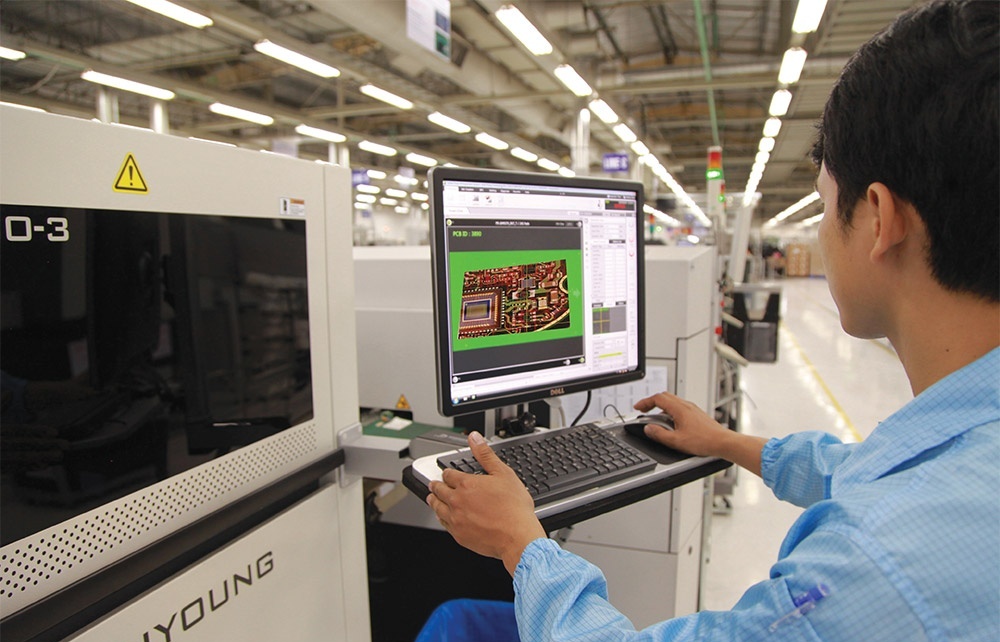

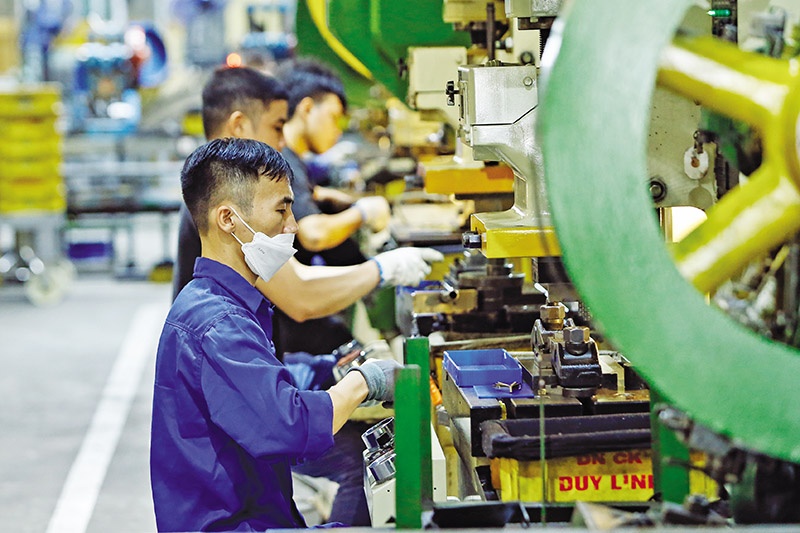




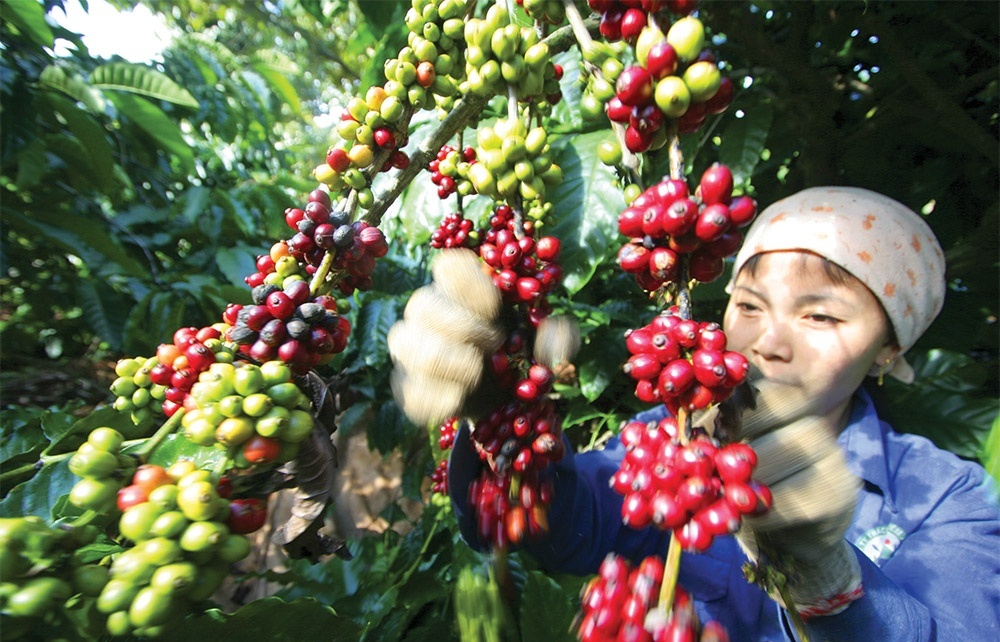

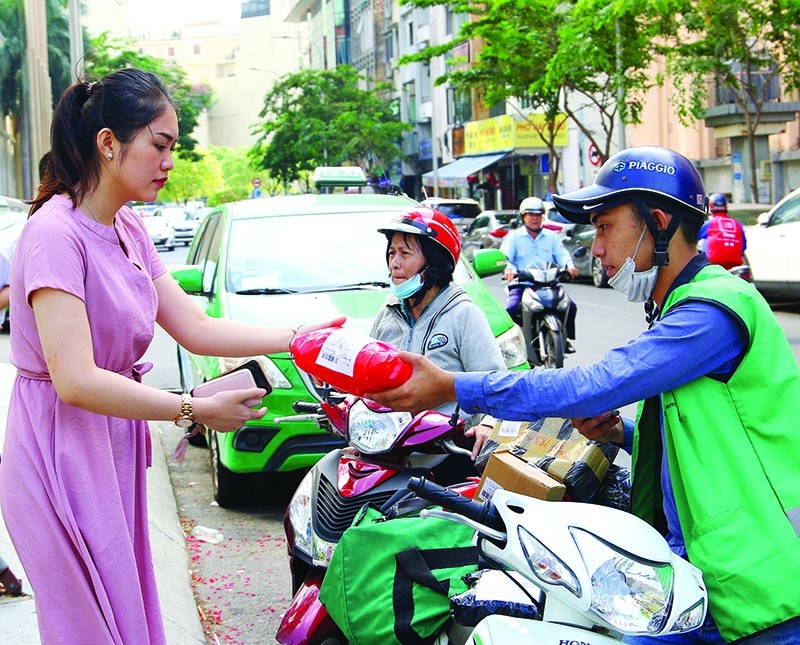




 Mobile Version
Mobile Version